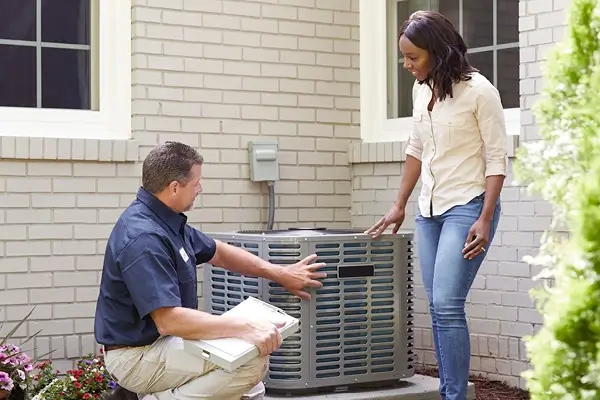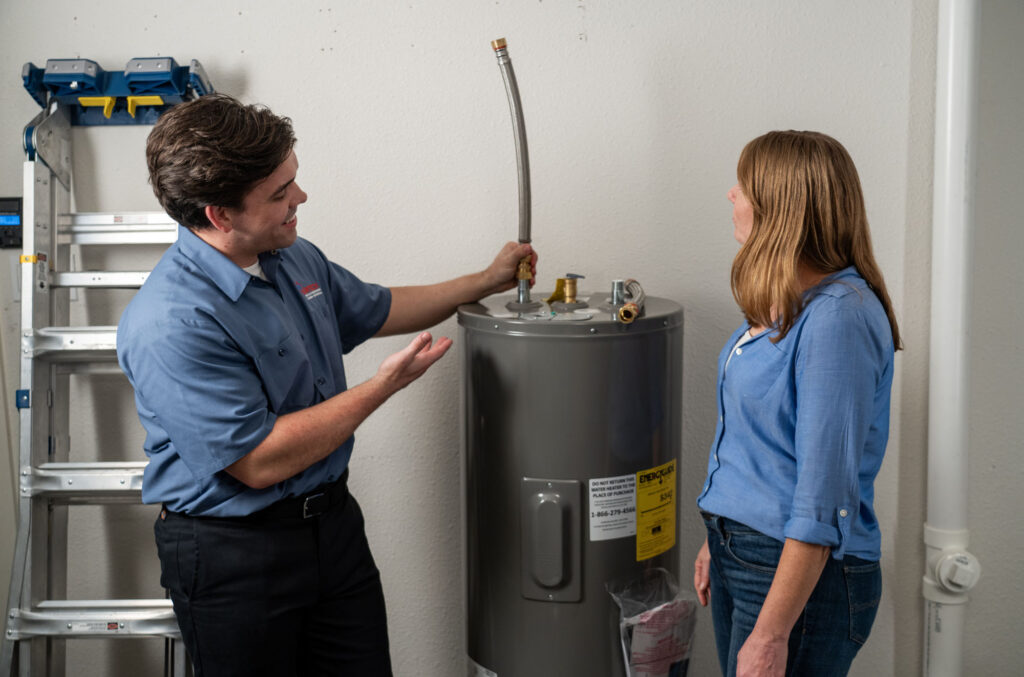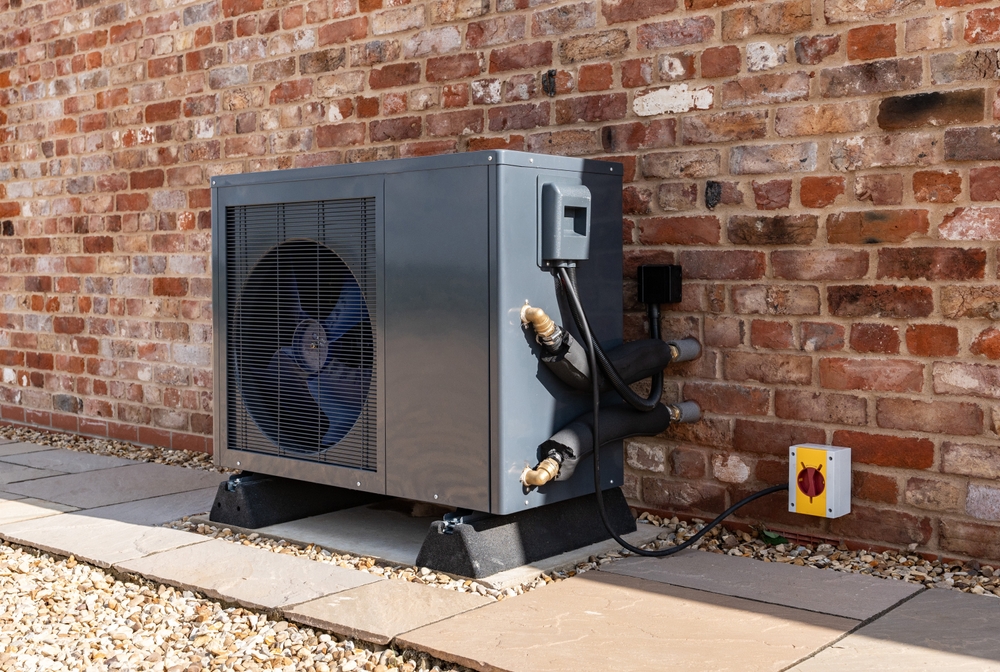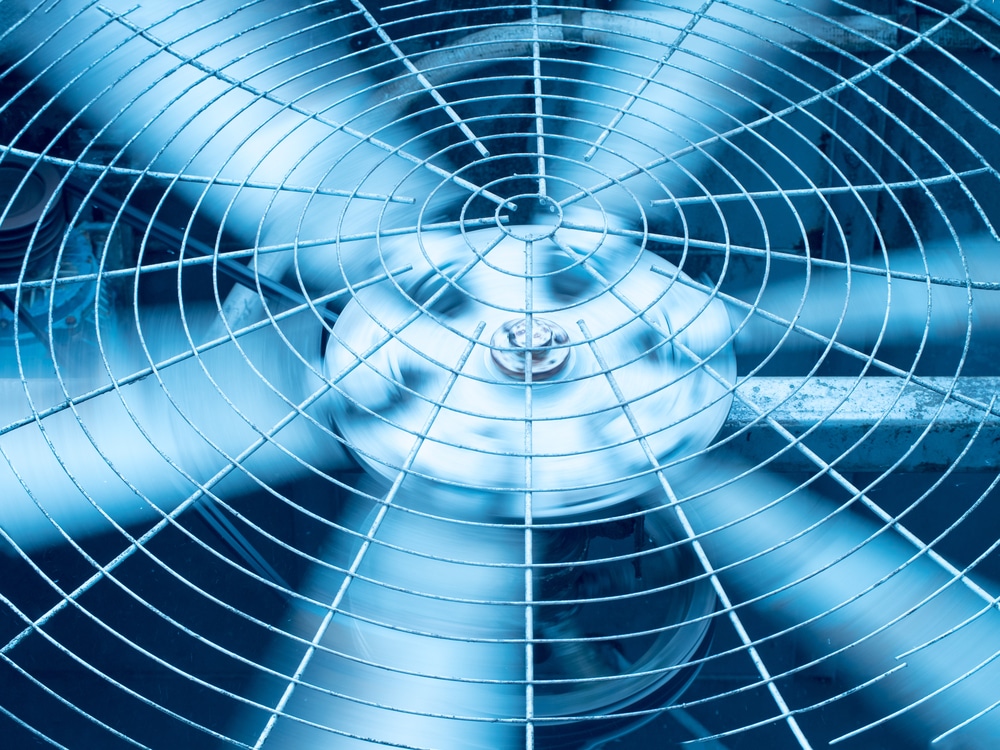Blog
7 Tips to Prep Your Air Conditioner for An Oklahoma Summer

Oklahoma is notorious for its unseasonable weather. From snow in March and ice in October to heat waves in February and 90-degree days in May, you never know when you’ll need to kick on the air conditioner. One thing is for sure–summers in Oklahoma without AC can be brutal, so it's important to make sure you have yours ready to work as soon as summer comes to town.
Maintaining an efficiently working air conditioner does more than keep you comfortable when you need it; it keeps energy costs down, helps avoid expensive repairs, prolongs its lifespan, and protects your investment. Knowing how yours operates and what you can do to prepare it for the heat will save you time, money, and headaches down the road.
How Your AC Works
There are two main parts to your central heat and air system –the outdoor unit, which collects and cools the air, and the indoor unit, which distributes the air throughout your home and is often paired with a central heating system.
The Outdoor AC Unit
The outdoor unit is also called the condenser or compressor, and works to convert refrigerant from a gas to a liquid and back again. The refrigerant gas is compressed before entering the condenser coils, and heat is released as the refrigerant converts back to a liquid. The outdoor unit consists of the following:
- Compressor. The compressor increases the pressure and temperature of the refrigerant gas and sends it to the condenser coil, where it is cooled and converted into a liquid.
- Condenser coil. The hot condenser coils release the collected heat, helping the refrigerant move back into a liquid.
- Fan. The fan moves air over the condenser to remove heat.
The Indoor AC Unit
The indoor unit, also called the indoor air handler and evaporator, houses the evaporator coil and fan and distributes and circulates air throughout your home. The air handler draws warm air, which is blown across the evaporating coil and cooled.
- Evaporating coil. When the liquid refrigerant leaves the condensing coil it travels to the evaporating coil, which is part of the indoor unit. Here, the pressure decreases on the refrigerant and heat and humidity are removed from the air, causing the liquid to revert back to a cooled gas. Warm air from inside your home is absorbed by the evaporating coil moved outward to the condenser for the process to start again.
- Indoor fan. This fan is how the cool air is pushed through your home’s duct work and through the vents, distributing and circulating it to reach the temperature you have your thermostat set to. The fan blows air over the evaporator coil, pushing cool air through your ductwork.
- Thermostat. The thermostat allows you to control the temperature of the air and controls the system’s operation.
How To Prepare Your AC for Summer in OKC
There is a lot you can do as a homeowner to prepare your AC for the summer, starting with some simple checks. Before you begin, be sure to turn off the electricity to the AC unit to prevent accidents or injury.
- Replace your air filters on the schedule recommended by the unit’s manufacturer. Dirty filters restrict airflow and reduce your AC unit’s efficiency. Additionally, dirty filters will recirculate the dust and allergens that have collected in your home.
- Find, check, and clear your drain line. A clogged drain line can cause the entire system to back up and run ineffectively. It can also cause water damage when it spills over.
- Clean your condenser coils. To do this, turn the unit off, get a garden hose with a spray nozzle and gently wash the coils until they are clear of grass, fur, cottonwood, and other debris and the water running through the coils is clean and no longer contains dirt or debris.
- Clear away any grass, shrubs, and debris from your condenser unit and vents. A two-foot radius is usually considered the proper amount of space around an outdoor unit. This allows the maximum airflow around the unit and helps keep everything running smoothly and efficiently. Once you have cleaned around the unit, carefully remove the grill cover and remove any debris that has found its way inside. It is a good idea to turn your AC unit off when mowing to help keep debris from getting sucked into the coils.
- Check the coolant lines, which are the tubes or pipes that carry the refrigerant from the evaporator inside your home to the condenser outside of it. These lines should also be free of debris and covered with foam insulation, which allows them to save as much energy as possible. Check that the lines and foam insulation are in good condition and that the foam does not need replacement.
- Test your unit and thermostat to make sure they are properly connected and working. If your home isn’t equipped with a smart thermostat, you can upgrade to one for big savings in energy, money, and time.
- Schedule a tune-up. Once you’ve performed all of these basic checks, schedule a tune-up with Suntech Heat and Air Plumbing Geothermal for a final professional inspection. Our technicians can assess the condition and function of your entire system, including identifying and correcting potential problems, to make sure it’s primed and prepped for the summer to come.
What AC Maintenance Should a Professional Handle?
While much of an AC’s preventative maintenance can be performed by you as the homeowner, there are some tasks you should leave to the professionals. These include:
- Any repairs needed involving the sealed refrigeration system. Technicians complete extensive training to handle the inner-workings of this system and inexperienced maintenance or repair can result in further damage and costly professional repairs.
- Checking ductwork for cracks or leaks. An AC technician can use special equipment to check your ductwork for problems and repair them as necessary, allowing more cool air to reach you more effectively. This also helps save you money on your utility bill and extend the life of your AC unit.
- Cleaning and fixing the fins and coils. Bending or otherwise damaging the fins and coils in your AC can keep them from properly distributing and circulating air. It’s best to let a professional inspect them and repair them if necessary.
The technicians at Suntech are trained, licensed, and certified to service all makes and models of HVAC units, including traditional and geothermal, and we’re available 24/7 for emergency repairs with no extra charges or overtime fees for nights, weekends, or holidays.
Make Sure Your AC is Ready for Summer with Suntech Heat and Air
For more than 30 years, Suntech Heat and Air has been helping Oklahomans prepare their ACs for the summer. With $89.95 tune-up specials, a comprehensive 15-point inspection, and annual maintenance and service agreements with our Suntech Heat and Air Club membership, you can stay cool and confident. We can also do full HVAC replacements or upgrades–with $500 off a complete system installation–to keep you even more comfortable longer.
Don’t let Oklahoma’s summer heat catch you by surprise. Call Suntech Heat and Air Plumbing Geothermal today at (405) 785-0950 to schedule your AC inspection and tune-up and find out why we earned The Oklahoman’s Readers’ Choice Award for HVAC and Plumbing services.







